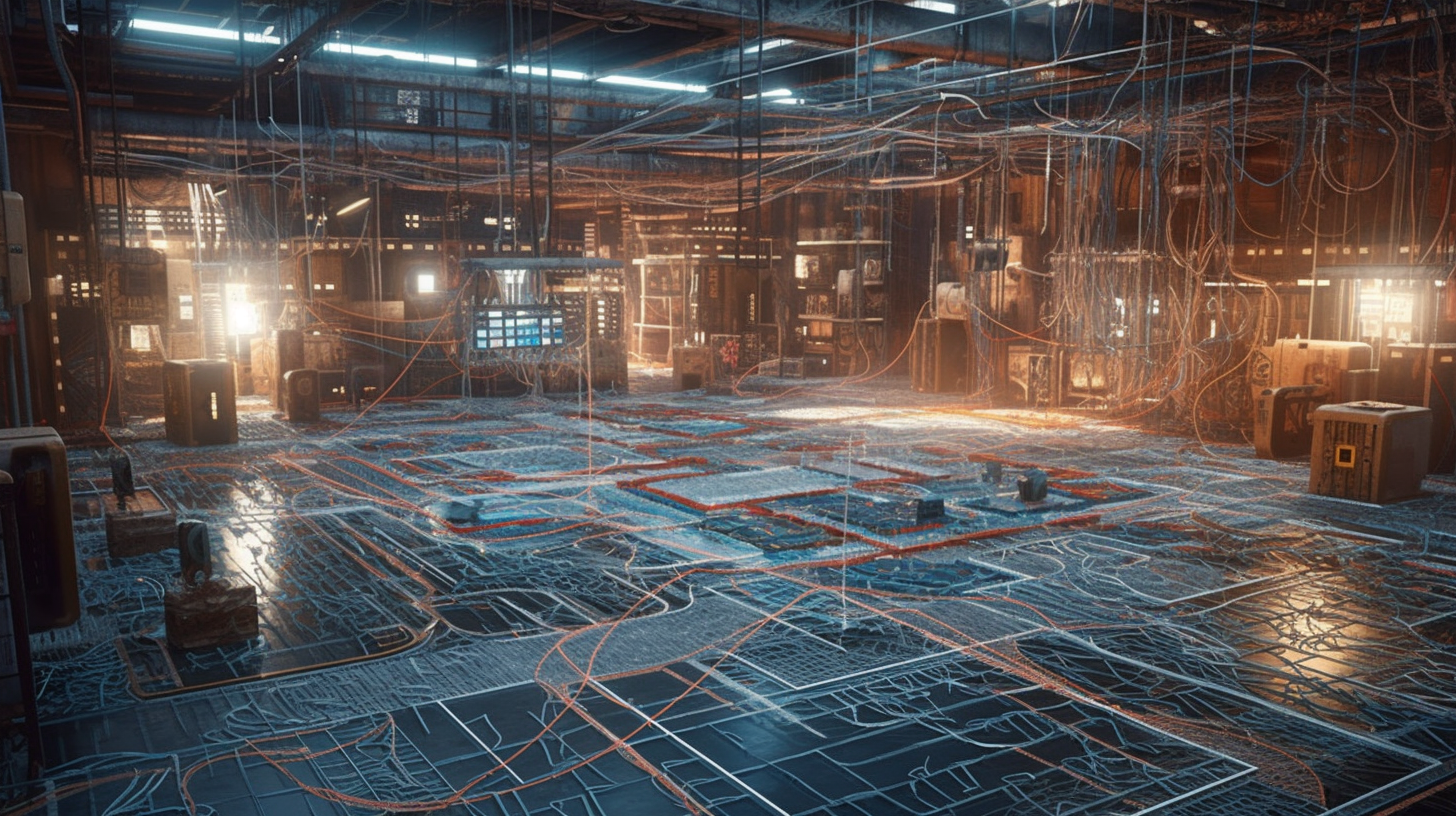Unveiling the Secrets of Securing Network Devices: What Every CCNA 200-301 Test Taker Needs to Know!

Hold onto your hats, folks! We are about to dive nose-first into the thrilling, high-stakes world of securing network devices as part of the CCNA 200-301 exam. Much like any Indiana Jones adventure, this journey is chock-full of twists and turns, but fear not! I'll be your guide through this labyrinthine topic, peppering in every figure of speech in the book to keep things lively.
Starting with the Basics: Understanding Network Security
Navigating the world of network security might make you feel like you're walking a tightrope over a pit of vipers. With the right preparation, we can make it through any nerve-wracking endeavor, and succeed. Let's start with the basics and gradually build up our knowledge, like playing Jenga, without fearing, of course, it all toppling over.
At its core, network security is essentially all about keeping the good stuff in and pushing the bad stuff out. It's not unlike a diligent bouncer at a hot-shot nightclub filtering out undesirables while ensuring VIPs can waltz right through. However, we're dealing with firewalls, encryption, and protocols, not red ropes and stilettos.
Deep Dive: Firewall and Intrusion Prevention Systems
Would you leave your front door wide open for any passerby to stroll in? The same basic principle applies to securing network devices. Firewalls serve as the buffer between your network and the wild west of the outside world, a.k.a. the Internet.
Intrusion Prevention Systems (IPS), on the other hand, are your network’s very own guardian angels, standing vigilant against malicious traffic. Think of them as supercharged firewalls on steroids. When pace and precision are the name of the game, you want an IPS in your corner, ready to take down any cyber threats trying to score an uninvited entrance.
The Art of Encryption and Protocols
Encryption is another valuable tool in your network security arsenal. It's like having a secret language that only you and your pals understand, rendering any eavesdropping interlopers utterly bamboozled. In short, encryption uses complex algorithms to conceal data, ensuring it can travel safely from point A to point B without fear of interception.
Protocols, the etiquette of the digital world, guide how information moves across networks. These guidelines are as important as the rules of the road for ensuring safe and organized travel...no one wants a freeway pile-up in their network traffic!
Getting Up Close and Personal with AAA Security
When it comes to AAA (Authentication, Authorization, and Accounting), think of it as a three-headed gatekeeper who oversees network access. Its Jobs are manifold: confirm user identities (put on those detective glasses), regulate user activities (sorry, no VIP pass, no entry!), and keep comprehensive records (like a meticulous bookkeeper).
Sloshing Through the VPN Tunnel
Finally, we have to discuss VPNs (Virtual Private Networks). Think about digging a private tunnel from your home to your office to bypass all the pesky traffic. Well, that's what a VPN does, but for your data. Basically, it creates a private, encrypted tunnel through the Internet, which zips your data from its source to its destination without prying eyes peering in.
Conclusion
And voila! That's the 411 on securing network devices for the CCNA 200-301 exam. There's no doubt that this is a challenging endeavor, so keep it in mind. Let's face it, as easy as a walk in the park is not how anyone ever claimed that deciphering the code to network security would be! With ample preparation, a healthy dose of patience, and a sprinkling of tenacity, there's no mountain high enough to stop you from acing this exam. So, brace yourselves, intrepid explorers, the adventure is only beginning!